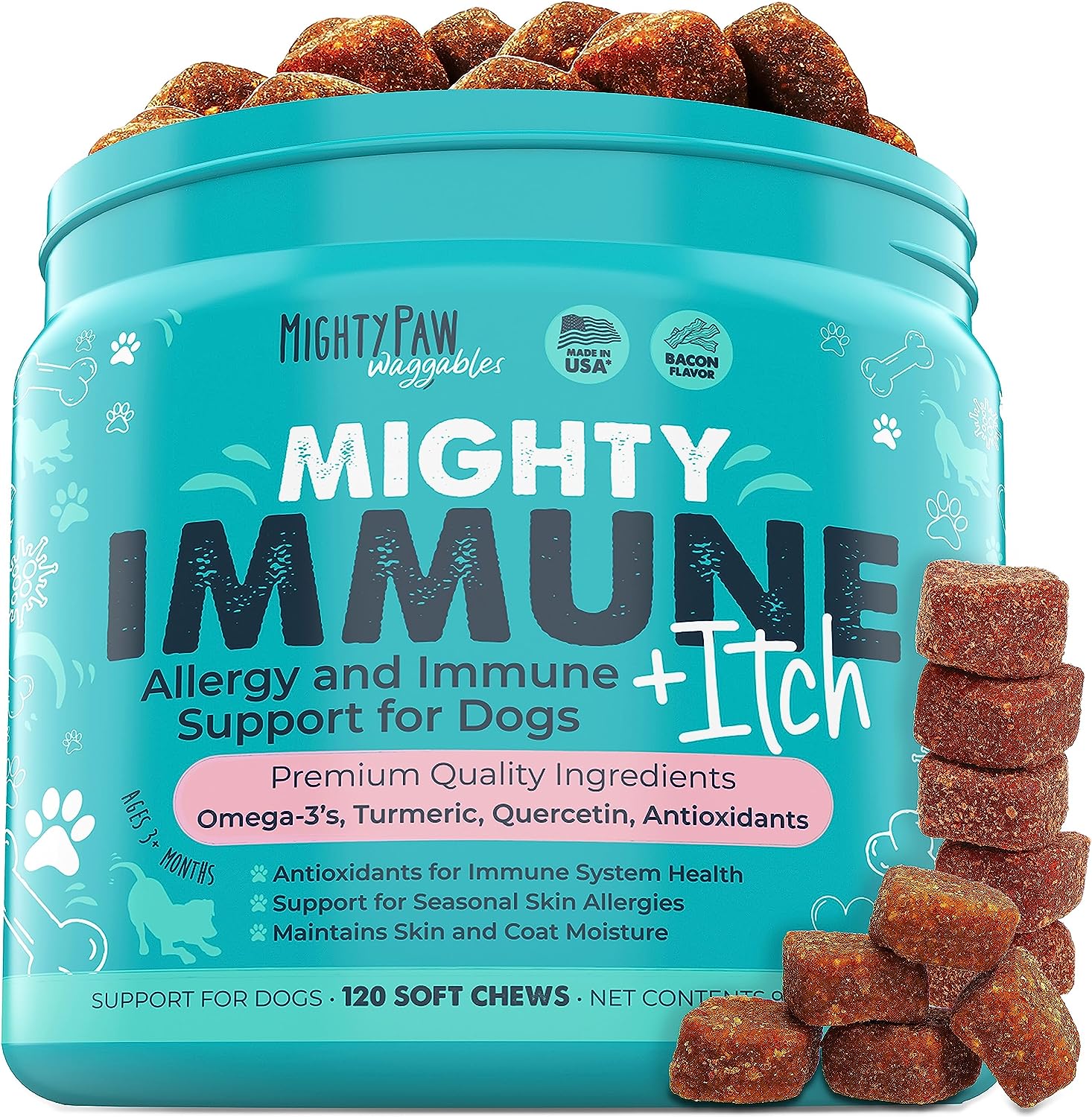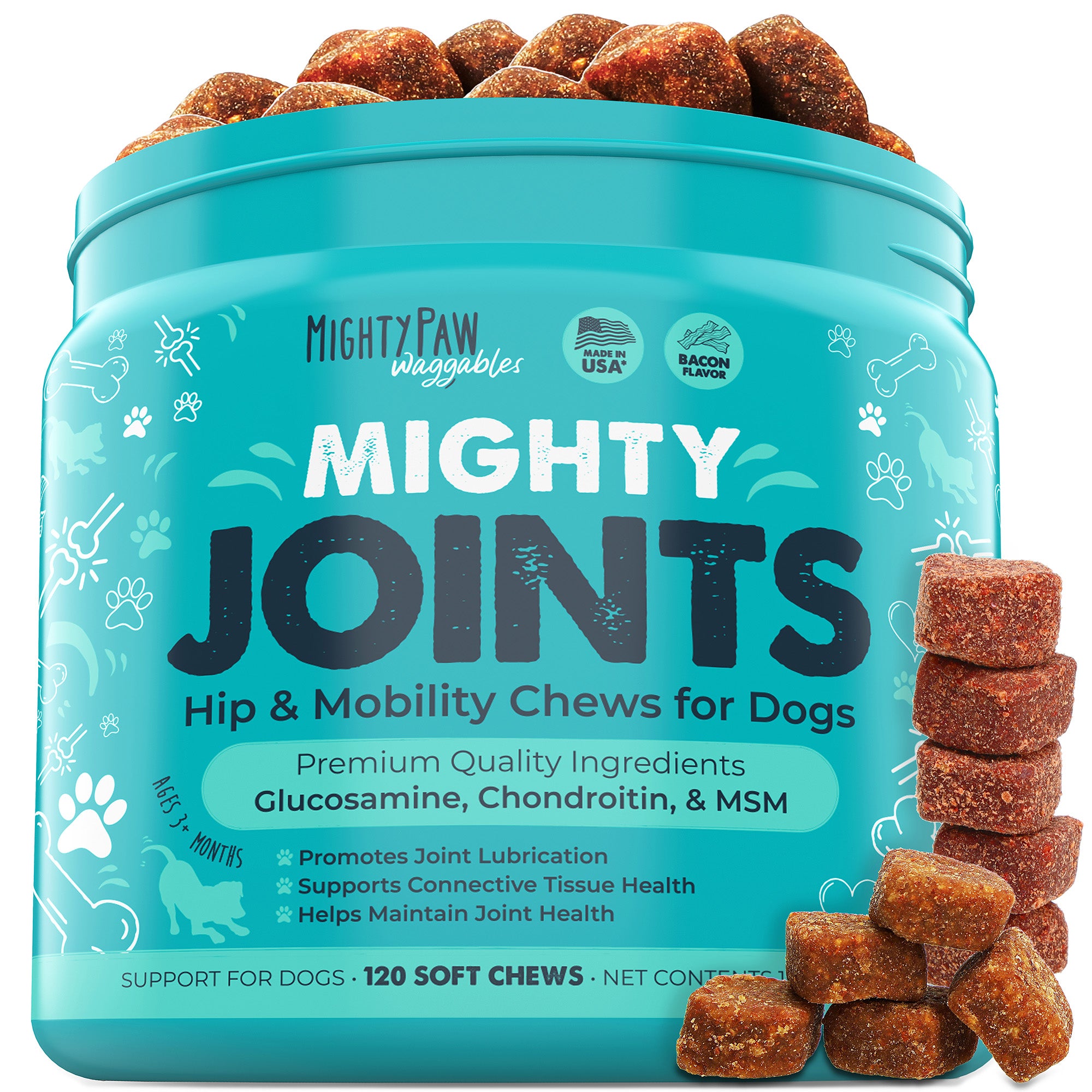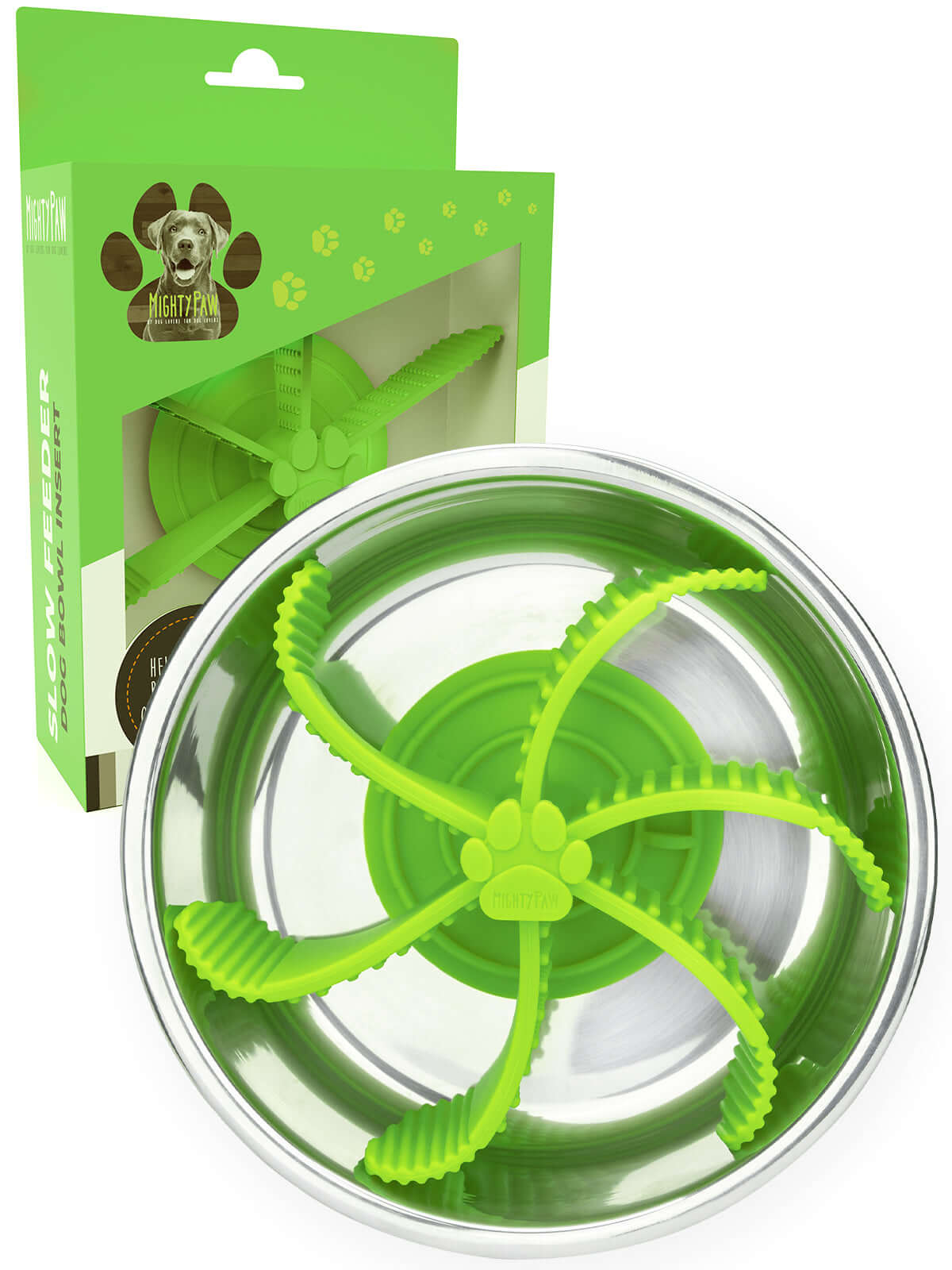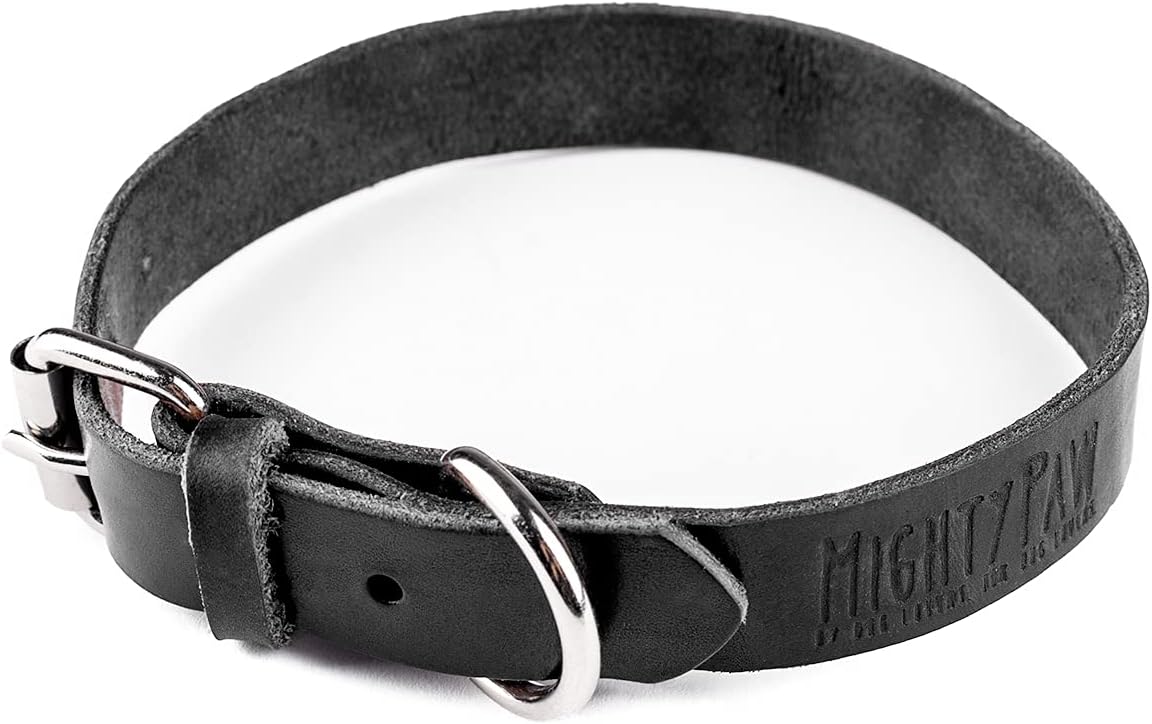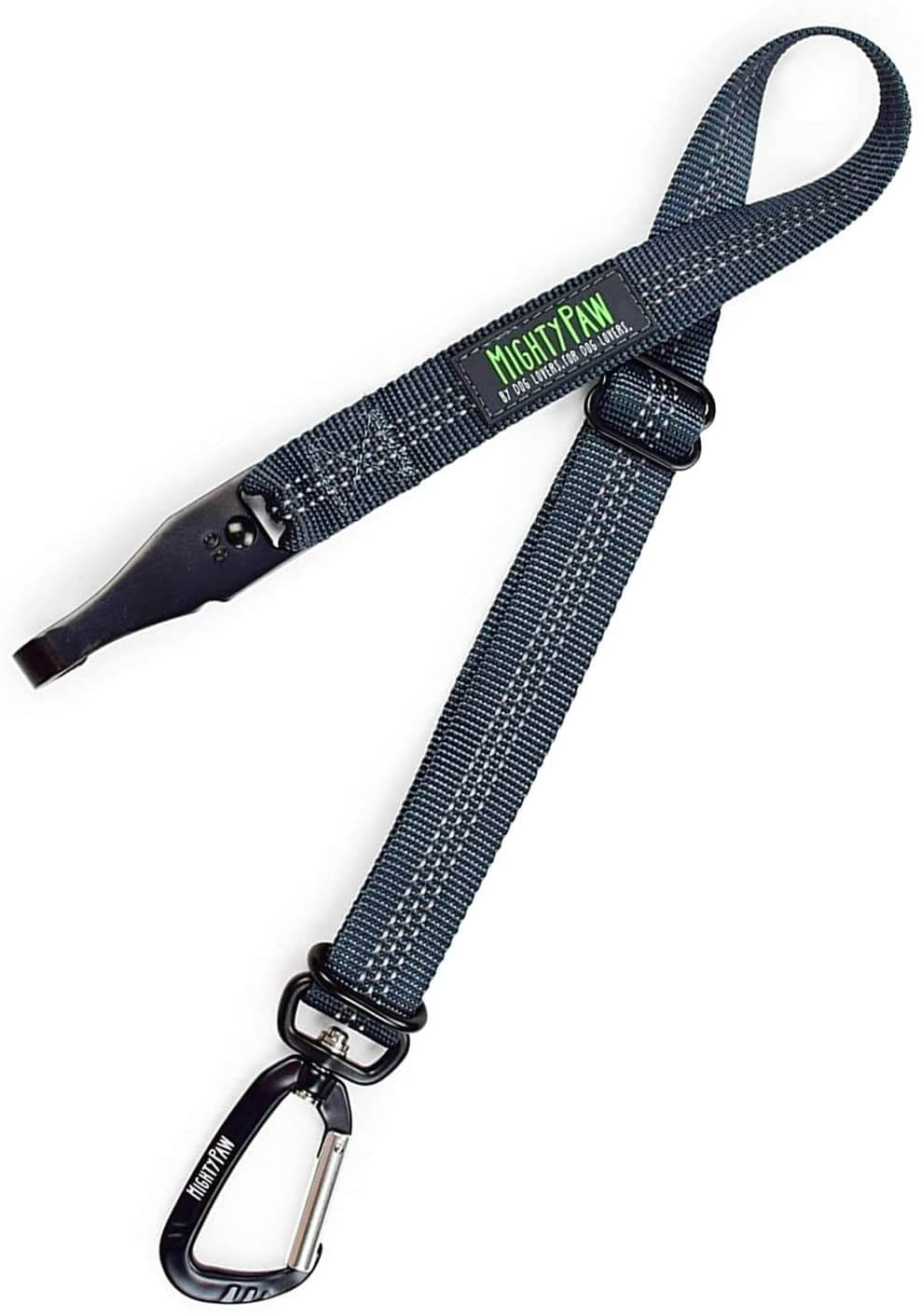Did you know giving our dogs the right amount and type of water is one of the most important factors in their health and longevity?

August is often the hottest month in much of the US, so staying hydrated may be top of mind now but it's always important especially for our dogs. Just as humans do, dogs need a constant supply of fresh, clean water to keep every system in their bodies functioning and healthy.
When it comes to our dogs, we often focus on their diet and exercise, but sometimes overlook one crucial element that helps it all work: hydration.
Water for our dogs may seem like a simple concept but many of us as dog parents have questions about how to do it right: how much does my dog need, what's the best drinking water for dogs, and how do we get our pups to drink the amount they need for proper hydration and ongoing health?
Let's jump in with some answers and pro tips.
How much water should a dog drink daily?
A common guideline is that dogs should drink approximately one ounce of water per pound of body weight each day.
Of course, all dogs are different, and several factors can influence this amount, including your dog's size, activity level, and the climate. For instance, a 20-pound dog may require around 20 ounces of water daily, but a more active dog or one living in a warmer environment may need even more.
Dogs can become dehydrated quickly, especially during hot weather or after vigorous play. Keep an eye on your pup's water intake, adjusting it based on daily activities. Puppies and older dogs may also have different hydration needs, so staying attentive to your dog's unique requirements is key.
Signs of dehydration (and over-hydration) in dogs
It's vital for all of us to be able to recognize the signs of dehydration. Symptoms can include dry gums, excessive panting, lethargy, and loss of skin elasticity. To test for dehydration, try the skin pinch test — gently pinch the skin on the back of your dog’s neck and see how quickly it snaps back. If it takes longer than a second, your dog may be dehydrated.
On the flip side, over-hydration can also pose health risks. Excessive water intake might lead to a condition known as water intoxication. Symptoms include vomiting, bloating, and, in severe cases, seizures. Keeping an eye on your dog's drinking habits will help ensure your pup maintains a healthy balance.

What's best for your individual dog?
All dogs need consistent proper hydration, but there are a few things we should all take into consideration about our own individual dogs.
Breed, size, and age considerations
The right drinking water for your dog can vary based on breed, size, and age. Larger breeds may require more hydration than smaller ones, while puppies and senior dogs might have unique needs due to their developmental or health status.
For example, breeds prone to certain health issues may require specific types and amounts of water. You can consult your veterinarian or a canine nutritionist for personalized recommendations based on your dog's characteristics and lifestyle.
Health conditions affecting your water choice
Certain health conditions in dogs can impact their hydration choices. For instance, dogs with kidney problems may benefit from specific water types, while those with diabetes might require additional monitoring of their fluid intake.
Environmental and lifestyle factors
The environment/climate and your dog's lifestyle also play a significant role in your pup's hydration. Hot weather, increased physical activity, and even dietary choices can influence how much water your dog needs.
For instance, dogs who eat dry kibble might require more water than those on a wetter, fresh, home-cooked food diet. It's a good idea to assess your dog's situation regularly and adjust your pup's water supply accordingly. If your dog eats kibble, for example, you'll want to think about adding some percentage (20-25% is a common recommended amount) of moist, fresh foods along with water to your dog's bowl.
To determine the quality of your tap water, consider getting it tested. You can purchase at-home testing kits or contact your local water authority for information. If the quality is questionable, it might be worth investing in a filtration system.
How to encourage your dog to drink more water

Pro tips to increase your dog's water intake
Getting your dog to drink more water can sometimes be a challenge. Here are a few practical tips to help increase their water intake:
1) Use filtered water to up health benefits & longevity.
Most dogs drink tap water. Depending on your location, tap water can be safe and full of essential minerals. However, it may also contain contaminants like chlorine, heavy metals, or pesticides, which could be harmful to your pet in large amounts.
Studies show that giving dogs filtered water to drink with their food is one of the top ways to increase dogs' longevity.
That doesn't mean that when dogs drink water they need to have bottled spring water (although that can be a handy convenience on the go). Using a water filter is an excellent way to give your dog clean and safe drinking water. Various types of filters are available; many are easy to install under your sink, as a faucet attachment or in filtering pitchers or dispensers.
Be sure to research and choose a filter that fits your lifestyle and removes harmful contaminants while leaving healthful minerals in water. (Check with your vet if your dog has a health issue that might warrant removing minerals or other features important for your dog.)
By removing chlorine and other contaminants, your water is not only healthier but tastes and smells better and your dog is more likely to drink more. A win all around!
If you're wondering about distilled water...
Distilled water goes through a purification process that removes impurities and minerals. While it can be a safe option for dogs, it’s generally not recommended as the primary water source. The lack of minerals might not provide a balanced hydration solution, especially for active dogs.
2) Add green tea to your dog's food for another hydration & longevity boost.
Also at the top of the list of ways to bolster longevity is including a bit of green tea in your dog's food bowl. In addition to adding moisture to your dog's food, green tea is loaded with antioxidants that support your dog's immune system, which can help fight off infections and diseases. Green tea's polyphenols are also known for helping prevent and fight other health issues -- periodontal disease, cardiovascular conditions, liver disease, cancer, and diabetes. Be sure it's decaf as well as organic to avoid any toxins.
3) Set up multiple bowls around your home.
Placing several water bowls around your home is a simple way to help dogs drink water more easily anywhere, anytime throughout the day. This allows your dog to have easier access to water and encourages frequent sipping.
In addition to standard water bowls, some dogs love the continuous flow of fresh water from a dog water fountain. Dogs often have a natural attraction to moving water, making it a helpful option to increase hydration.
4) Keep it fresh.
Remember to change your dog's water regularly to keep it fresh and appealing. Dogs tend to drink more when their water is clean. Also keep the bowl itself clean daily along with food bowls -- either sanitized in the dishwasher or handwashed with a bit of apple cider vinegar to get rid of any bacteria.
5) Be prepared with water on the go.
When you're out and about and especially on various adventures, your dog is likely to need water. Make it easy for your pup to stay hydrated by always having fresh water handy. You don't want to be searching for a bottled water source when you're on a walk or hike. That's why we created our Mighty Paw Travel Dog Water Bottle so all of us can be prepared wherever we are with our pups. (It has a built-in cup and strap for convenient no-hands carrying.)

6) Add natural flavor to make for reluctant drinkers.
If your dog needs encouragement to drink more water for proper hydration, try adding a splash of low-sodium broth or organic soup to the water. The scent can entice your dog to drink more, especially if your pup is reluctant to drink enough water.
7) Fortify your dog's food with high-water-content foods.
Your dog's food bowl is one of your most direct points of control for your dog's health. And it's a great opportunity to add nutrition and water content by including fresh foods naturally loaded with water.
Try adding blueberries, watermelon, apple chunks, and other high-moisture foods to your dog's bowl. Dogs love them as treats too!
Doing water quality checks at home
To ensure the ongoing quality of your dog's drinking water, it's a good idea to regularly check your family's water source for any changes in taste, odor, or clarity. If you notice anything unusual, it may be time to switch to another water source, change a filter, or consult a professional.
Water testing kits for home use are another option to help identify contaminants, giving you peace of mind that your dog is always consuming safe water.
Here's to keeping your dog hydrated through every day and every adventure.
At Mighty Paw, we believe in helping all dogs live their healthiest, happiest, and fullest lives by our sides. That's why we're dedicated to finding ways to help you bring more joy to your dog and your adventures together. And to help you know what you need to know to keep your pup healthy and truly well for now and the long run.
We're committed to providing high-quality products that are safe, durable, and practical for everything you need to keep your pup healthy, happy, and enjoying every moment with you.










